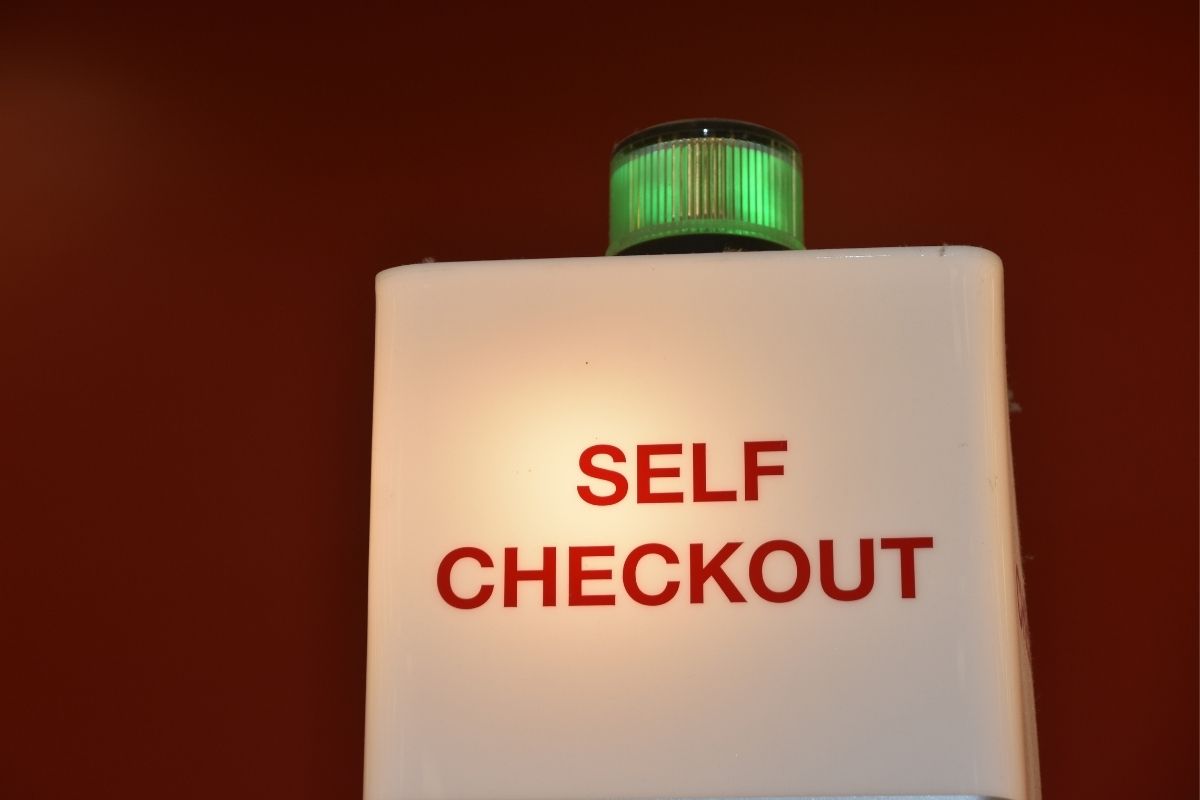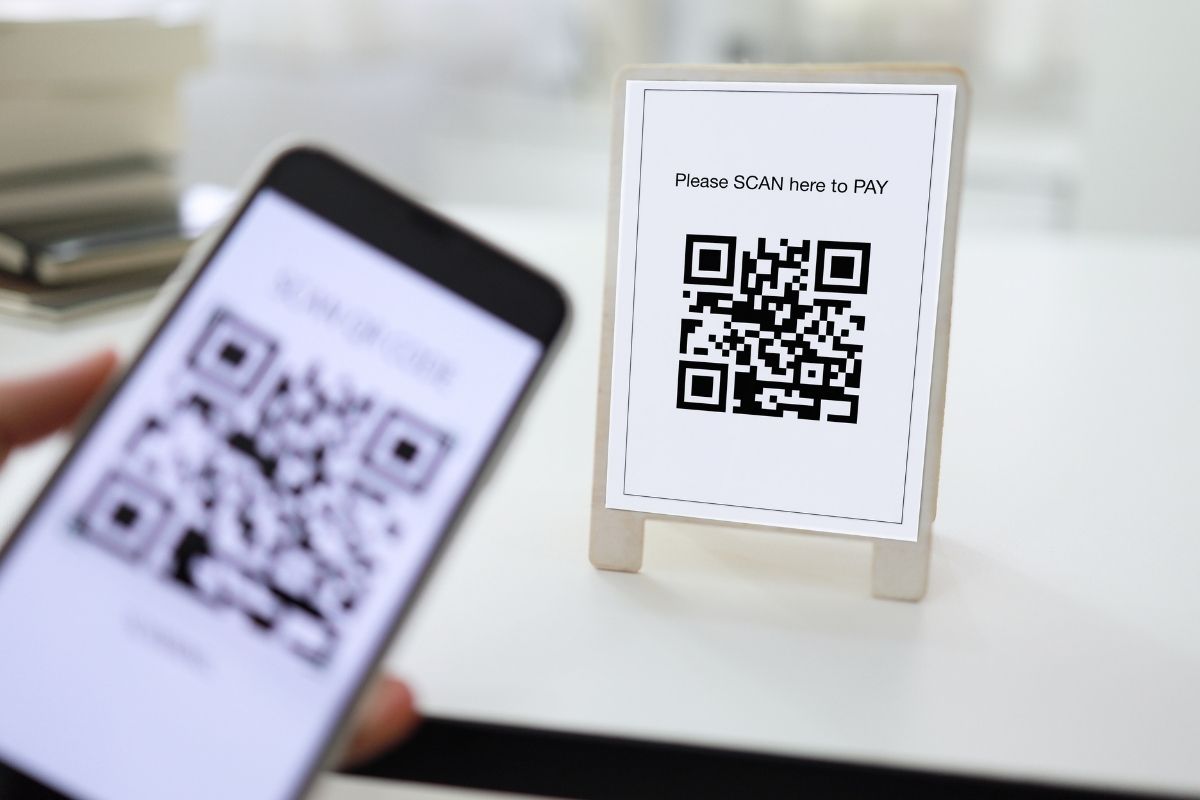Some experts predict that the shift to contactless technology could mean some lost positions are gone.
The pandemic created a powerful opportunity for QR codes to achieve the popularity they had never seen before despite their ready availability, low-cost and ease of use. They helped many companies to rapidly pivot to contactless processes that made it easier to serve customers in a way that would conveniently provide a sense of safety against additional spread of COVID-19.
At the same time, the tech helped to reduce the number of tasks some companies used to do manually.
As a result, QR codes have offered many businesses the opportunity to replace some of the tasks with technology when they used to be completed by human employees. In some cases, it has made it possible for consumers to enjoy all the features of online shopping, while also benefitting from the in-person purchasing experience. That said, some experts are now wondering if the reduction in need for human-completed tasks will also mean that jobs that were lost due to the pandemic will not be returning.
While automation has always been a point of stress among American workers in manufacturing plants and distribution centers, it is only with the sudden onset of the COVID-19 pandemic that service workers are now feeling that same tension. Businesses are increasingly looking to automated customer service tools and the pandemic has offered a powerful incentive to implement technology to do what used to be done by low-wage staff members.

QR codes have placed the option within reach of companies that couldn’t afford self-checkout equipment.
Moreover, quick response codes have also made it possible for a broader range of businesses to use technology for self-service. Grocery stores have boosted their investments in self-checkout kiosks that replaced human cashiers. Though this didn’t come as much of a surprise as the technology had already started being used in these areas, the scannable barcodes have brought it into areas like small shops and restaurants, where low-wage employees had once been considered the only way to serve customers.
Additionally, while there had been a substantial movement before the pandemic to use the services provided by humans, skipping the self-checkout in order to secure the jobs of the people in their community, the pandemic slammed much of that trend to a halt. Seeing the use of self-service and technology such as QR codes as a safer alternative, reducing virus exposure opportunities, many customers found themselves making the switch after all. Now low-wage workers are wondering whether these positions will ever return and in what form if they do.

